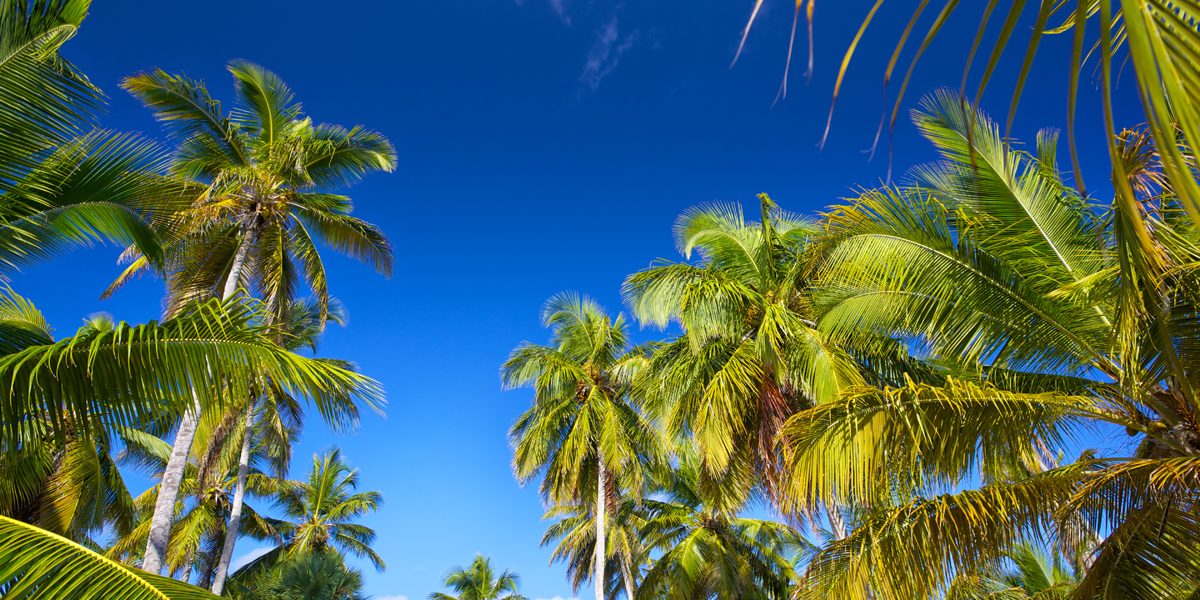What to plant in February:
- Summer-flowering bulbs, and pre-chilled hyacinth and hybrid tulip bulbs
- Cool-season succulents
- Succulents with a summer dormancy should be planted by mid-month
- Bare root grapes and containerized deciduous fruit trees
- Ornamental grasses (after danger of frost is past)
- Spring and summer flowering perennials
- Bare-root roses (through mid-month)
- Frost-tender shrubs – begin planting around mid-month (after danger of frost is past)
- Be ready to cover if we get a late season cold snap
- Pines and deciduous trees
- Desert-adapted trees can be planted near the end of the month (after danger of frost is past)
- Veggies – set out transplants of potato, artichoke, asparagus, broccoli, Brussels sprouts, bunching onions, cabbage, cauliflower, chives, horseradish, and leek.
- Veggie seeds – indoors: sow seeds of spring veggies like cucumber, muskmelons, peppers, summer squash, and watermelon late in the month. Directly in beds: sow seeds of beets, bok choy, Chinese cabbage, carrots, collards (later in the month), endive, kale, kohlrabi, lettuce, mustard greens, parsnips, peas (later in the month), radishes, rhubarb, rutabaga, salsify, spinach, Swiss chard, and turnips.
- Herbs – Take cuttings of catnip, lavender, Mexican oregano, peppermint, rosemary, spearmint and sweet bay
- Herb seeds – indoors: sow seeds of basil, lavender, marjoram, oregano, sage, summer savory, and winter savory. Directly in beds: sow seeds of borage, calendula, chamomile, cilantro, cumin, dill, parsley, summer and winter savory, and sesame.
- Warm season annuals – sow seed or set out transplants of aster, calendula, coreopsis, cosmos, gaillardia, marigolds, sunflowers, and zinnia
- Be ready to cover if we get a late season cold snap
What NOT to Plant in February:
- frost-tender shrubs, trees, and perennials shouldn’t be planted until the danger of freezing has passed
What to Fertilize:
- Begin fertilizing containerized plants every 2 weeks with a balanced water-soluble fertilizer
- Feed established clumps of canna with a well-balanced slow-release fertilizer
- Feed iris with a low-nitrogen fertilizer
- Actively growing succulents in containers can be fertilized with ¼ strength liquid fertilizer every other watering cycle
- Don’t fertilize dormant plants or warm-season growers quite yet
- Feed established deciduous fruit trees with a high nitrogen fertilizer if you didn’t do so in January
- A second fertilizer application should be timed for when the tree is flowering, and the final fertilizer application for the year doesn’t happen until fall
- Fertilize established citrus trees around mid-month
- Water deeply and thoroughly the day before fertilizing, and again just after spreading and scratching-in the fertilizer
- Citrus trees should be in the ground for a year before you begin fertilizing them
- You can skip this feeding and resume fertilizing in May if the rind on your fruit is overly thick, a condition known as sheep’s nose
- Feed pomegranates with a well-balanced fertilizer for citrus or fruit trees just as they are beginning to leaf out, which may happen any time in the next couple of months (depending on weather and location)
- Dormant lawns may begin growing again before the end of the month. Begin feeding monthly when new growth emerges
- Water thoroughly before and after fertilizing
- Fertilize established asparagus beds with a thick layer of compost
- Resume fertilizing roses around mid-month
Prune, Divide and Conquer:
- Remove spent cold-season annuals as they die off
- Stay on top of weeds as they appear, or at least keep their flower heads chopped off so that they don’t produce as much seed
- Cut back established clumps of canna nearly to the ground
- Dig up overgrown clumps of canna (every 3-4 years). Separate the rhizomes and discard older, larger ones and any with signs of disease or damage. Replant the keepers, fertilize with a slow-release fertilizer, and water regularly.
- Remove frost damage from cactus and succulent plants towards the end of the month, once we’re past the danger of being hit by another frost
- Make cuts at an angle and dust wounds with powdered sulphur to help prevent fungal disease
- Prune deciduous fruit trees by mid-month if you didn’t finish this chore in January
- Prune freeze damage out of citrus only after the danger of a freeze is past
- Grape vines should be pruned before the temperatures warm up and before the vines leaf out. Dave Wilson Nursery has a nice, informative video about grape pruning.
- Cut back ornamental grasses before they begin growing again. Don’t cut them back if new growth has already emerged.
- Mow overseeded lawns regularly, removing 1/3 of the blade each time you mow.
- Remove frost damage and leggy/overgrown growth from frost tender perennials after the last chance of freezing has passed
- Water well after pruning, but don’t fertilize until new growth emerges
- Winter-growing or summer-flowering perennials can be pruned near the end of the month
- Don’t prune spring-flowering perennials
- Divide overgrown chives, garlic chives, lemon balm, lemon grass, oregano, peppermint and spearmint.
- Frost-damaged shrubs can be pruned early next month, or when they start sprouting new growth.
- Prune dormant deciduous trees (make sure there are no buds or new sprouts of growth)
For the Fruit Trees:
- Be ready to protect blossoming fruit trees from a freeze if you want the flowers to give way to fruit later in the year
- Water established fruit trees – every 7-10 days to a depth of 3 feet while weather is cool. Newly planted trees need water weekly, and citrus need to be watered every 3 weeks.
- Prune deciduous fruit trees by mid-month if you didn’t finish this chore in January
- Prune freeze damage out of citrus only after the danger of a freeze is past
- Feed pomegranates with a well-balanced fertilizer for citrus or fruit trees just as they are beginning to leaf out, which may happen any time in the next couple of months (depending on weather and location)
- Fertilize established citrus trees around mid-month
- Water deeply and thoroughly the day before fertilizing, and again just after spreading and scratching-in the fertilizer
- Citrus trees should be in the ground for a year before you begin fertilizing them
- You can skip this feeding and resume fertilizing in May if the rind on your fruit is overly thick, a condition known as sheep’s nose
- Fertilize established deciduous fruit trees with a high nitrogen fertilizer if you didn’t do so in January
- A second fertilizer application should be timed for when the tree is flowering, and the final fertilizer application for the year doesn’t happen until fall
- Plant bare root grapes and containerized deciduous fruit trees
Phoenix Valley Nursery & Gardening Stores
If you’re looking for the best locally grown herbs, cactus, bedding plants, and trees; we have everything you’re looking for. With 4 locations around the East Valley of Phoenix we can help you start any gardening project or take your garden to the next level. Click here for the addresses and phone numbers of our locations in Mesa, Chandler, and Queen Creek.




